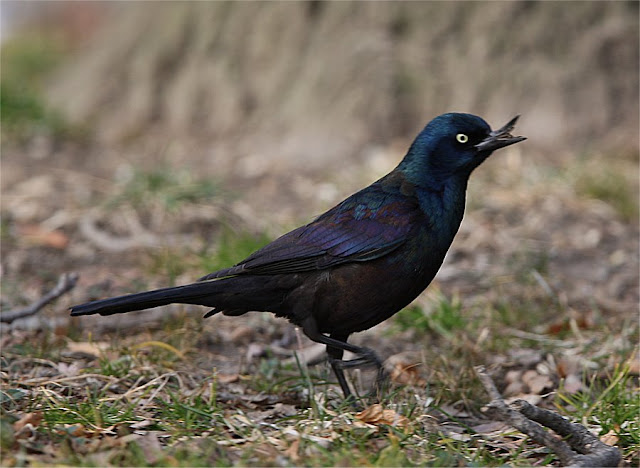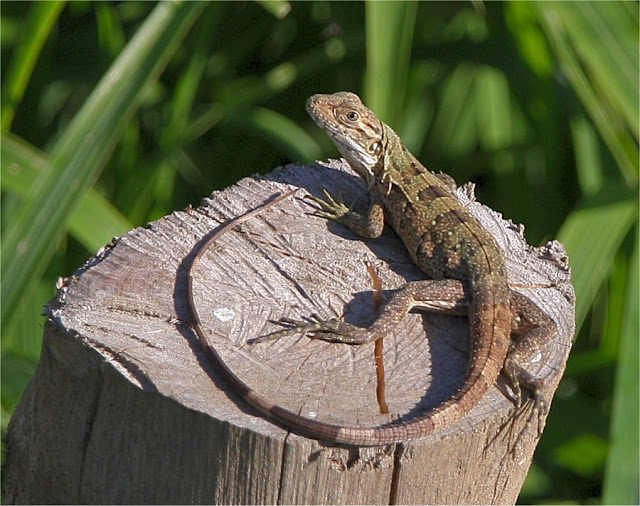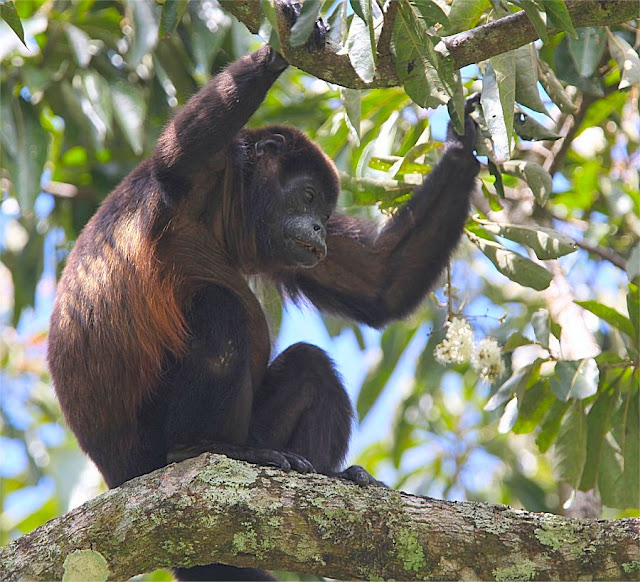Our last port of call in Costa Rica was Arenal, the Volcano and Observation Lodge. At 5,437 feet, the Arenal Volcano looms large and ominous over the pastured green hillsides that surround its base. Although currently in a resting phase, Arenal remained the country’s most active volcano for the past 43 years. Its storied history is charged with eruptions – both major and minor – that have intimately affected the region and the people who live here.
Bananaquit © John N Murphy
Palm Tanager © John N Murphy
Red-legged Honeycreeper male with female in the background © John N Murphy
Crested Guan © John N Murphy
Buff-throated Saltator © John N Murphy
Faciated Tiger Heron © John N Murphy
Dusky-capped Flycatcher © John N Murphy
Tropical Pewee© John N Murphy
Shinny Cowbird © John N Murphy
Black Phoebe © John N Murphy


























































